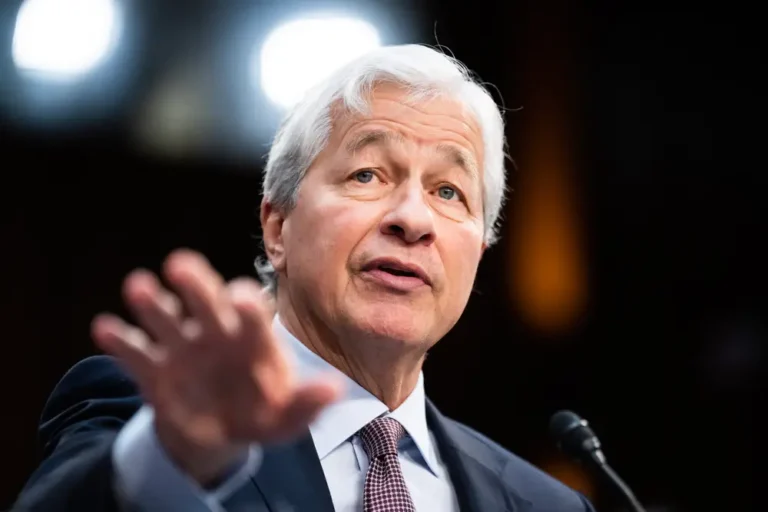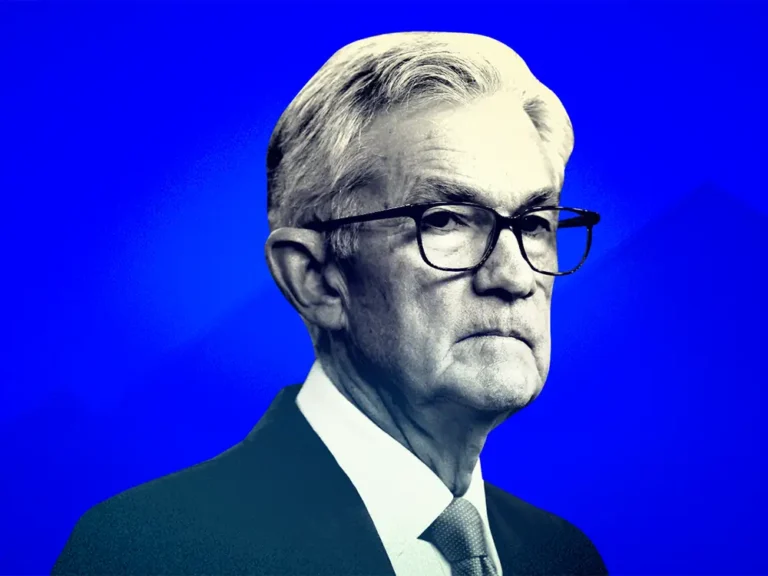Wall Street’s hottest career move: the volatile, lucrative world of private credit

- Wall Street’s hottest club is private credit.
- Banks have pulled back on risky loans since the financial crisis, benefiting money managers.
- Risks in the market lie where businesses struggle under the weight of higher interest payments.
In case you hadn’t heard, private credit appears to be experiencing a “golden moment.” That’s how top Blackstone executives described the market this spring in a tagline that encapsulates Wall Street’s fascination with this space.
Private credit has become the finance industry’s darling as interest rates have reached their highest level since the global financial crisis. And, as banks — those big old traditional lenders — have had a turbulent year, private money managers have stepped in, effectively positioned as banks but without the same regulation.
“Now is an excellent time for private credit.” “This is not a good quarter for private credit; this is a long-term shift,” Apollo CEO Marc Rowan said last month. “Today, we are seeing the best risk-reward opportunities we have ever seen in direct lending,” Blue Owl co-CEO Marc Lipschultz told Insider in December. Private credit, according to Goldman Sachs research analysts, is “one of the most interesting growth themes within capital markets over the next several years.”
So it’s no surprise that working on and around private credit deals has become Wall Street’s job of the moment in recent years. According to Paul Heller, managing partner and co-leader of search firm Caldwell’s financial services practice, private investment firms frequently hire from their competitors and investment banks.
“If I advertised an executive position in a private credit fund versus an executive position in a bulge-bracket bank, the credit fund would receive three to four times the number of applications,” said Hannah Robb, associate partner at New York-based search firm Eastward Partners. And more people are promoting their work in the field; according to the website, the number of LinkedIn users globally listing “private credit” as a skill has increased 131% in the last year.
According to a “perception matrix,” private credit is viewed more favorably than banking roles. “It’s considered the most interesting, largely because money talks and the returns are there.” Direct lending strategies measured by consultant Cliffwater show a 9% return from 2005 to 2022, while Bloomberg’s high-yield bond and aggregate bond indices show 6% and 3% returns, respectively.
While private credit has been booming, the same investment firms that are launching funds are offering exorbitant pay packages for restructuring experts to assist in the event of a downturn.
Private credit has grown from $500 billion in 2010 to a $1.5 trillion market (including both assets and cash that investors haven’t yet deployed). Most private credit is floating-rate debt, which means that interest rates rise in tandem with interest rate increases. Large and niche asset managers are profiting from central banks’ historic policy tightening path, while the businesses they lend to may struggle under the weight of higher interest payments in a slowing economy.
“These markets are strange, and there is a lot of chaos in private credit.” Many companies are attempting to raise capital, according to Caldwell’s Heller. “There is a lot of focus on retail investors putting money into the space. So there’s a bit of a talent frenzy going on right now.”
‘Unheard-of’ salaries, while market risks abound
It’s important to understand what private credit entails: debt and loans. This isn’t exactly exciting or novel. However, who lends money and who gains power as a result has shifted in recent years.
Since the financial crisis more than a decade ago, banks have generally refrained from making risky loans, benefiting private equity firms such as Ares, Apollo, Carlyle, and Blackstone.
According to Marco Acerra, a financial services-focused consultant at the search firm Spencer Stuart, in previous downturns, banks retrench and alternative capital fills the void. “I see this as a normal continuation of that trend, except that we have been in a low-interest-rate environment for such a long time that it feels particularly pronounced,” Acerra said.
And people want to be a part of it. To meet growing member demand, the CFA Institute announced last week the addition of a new private markets and alternative investments certificate that includes a course on private credit. Private credit strategies such as direct lending (which accounts for the majority of private credit assets), mezzanine capital, and asset-backed lending necessitate specialized skill sets, according to Richard Fernand, CFA Institute’s head of certificate management.
Some business schools are noticing a subtle shift in student preferences. According to Nicholas Kalogeropoulos, senior associate director of employee relations at Columbia Business School, there has been a steady increase in interest from firms seeking to recruit the school’s students for private credit positions in recent years, though this is from a very small base because the space is nascent and private credit has traditionally not targeted MBAs.
Even by Wall Street standards, the private credit market is commanding large paydays, a theme that is amplified as firms increasingly seek people who specialize in restructuring for portfolio companies that have gone bad.
Private credit-focused investor relations roles are also in high demand, with competitive pay packages to match, according to Sam Iles, executive director and cohead of distribution at asset management consultancy Alpha FMC. Spencer Stuart’s Acerra stated that he isn’t hearing much demand from candidates who are deciding between banking and private credit roles at the executive level, where his team is active. However, he believes that at the junior level, “banks are losing high-quality junior bankers to private credit roles, as opposed to the traditional buyout roles they might otherwise have favored.”
Eastward’s Robb stated that in the last year, for private credit funds seeking workout talent, “I’ve negotiated packages that are more than $2 million, guaranteed for multiple years, which is somewhat unheard of.”
The demand for private credit extends to the attorneys employed by these firms.
“It was difficult for the majority of my career to attract new attorneys to private credit.” “They didn’t know what it was, were hesitant to commit long-term, or saw finance as a dull practice area,” said Mike Mezzacappa, partner and cohead of private credit at the law firm Proskauer. Proskauer’s private credit group now has 90 lawyers working full-time on private credit, 24 of whom are partners. Evan Palenschat, a newer partner in the firm, observed that more firms are beginning to brand their practices as “private credit” or “direct lending.”
The Risk of Default
The industry is grappling with what rising interest rates mean for the companies in which it has invested, both in debt and equity, as well as monitoring defaults.
KKR’s chief financial officer, Robert Lewin, stated last week that default rates are increasing, though they are still lower than their 10-year rolling averages. “Relative to expectations, I think it has been better across the board,” he said at a Barclays conference. In a June report, Goldman Sachs research analysts noted that Moody’s expects the loan default rate to rise to 6% next year, up from 1.5% in the previous two years.
Spencer Acerra Stuart stated that default risks are “somewhat tempered,” citing firms that create custom agreements with portfolio companies, known as covenants, to protect against default.
“That said, I believe more private credit lenders will need to be set up to handle restructurings and workouts in-house, which is a trend we expect to accelerate,” Acerra said.
Private credit is an appealing career path for people interested in financial services because “banks naturally have more capital constraints and private credit firms are not regulated in the same way,” according to Heller of Caldwell. “However, the market can saturate at some point.”






